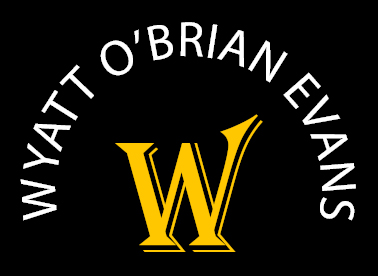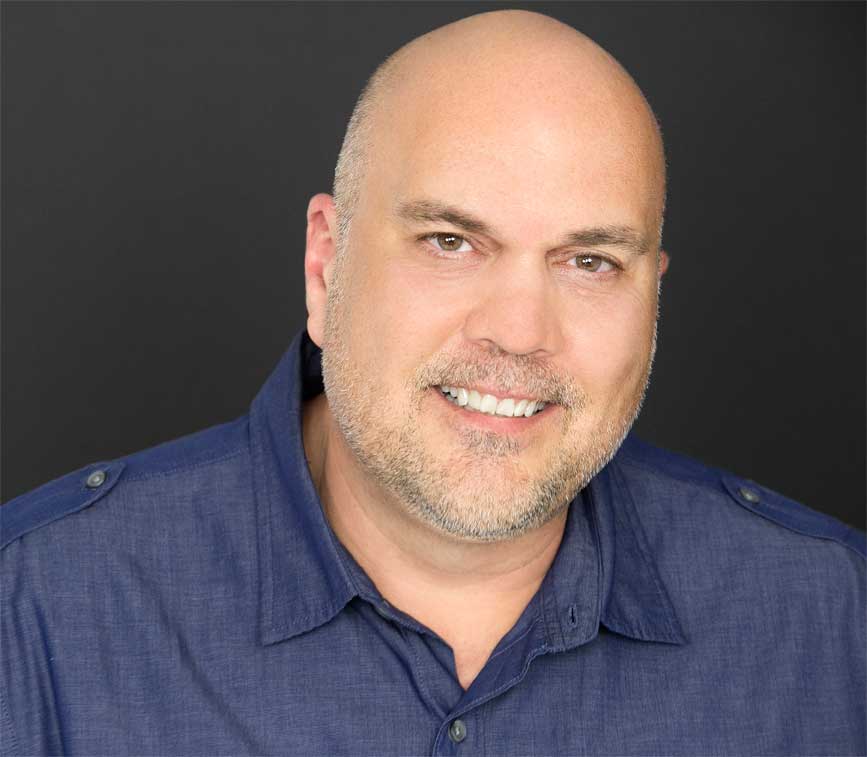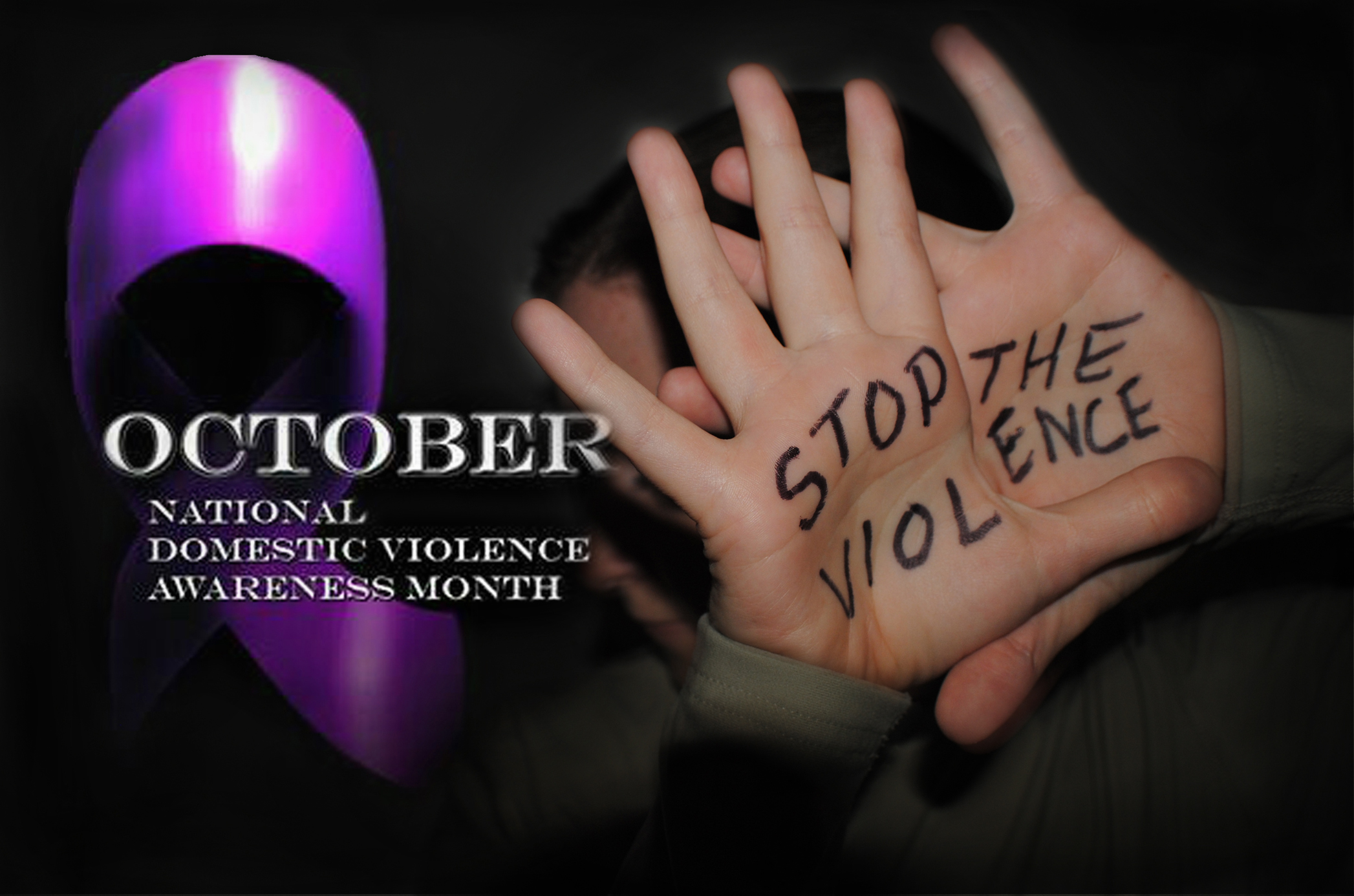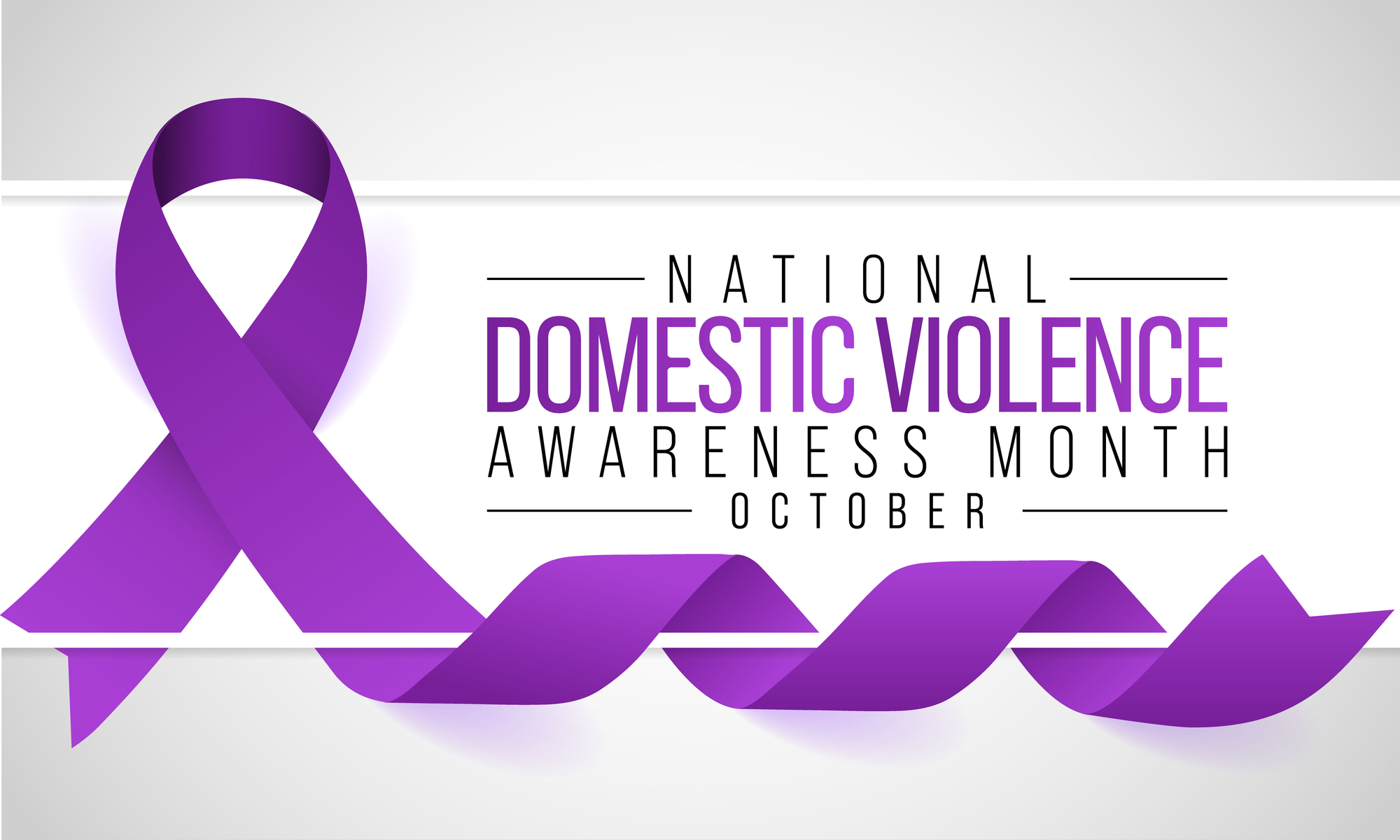“It Made Me Feel, Well…Subhuman.”
A while back, I interviewed “Malik,” who stated that for over two years, he experienced horrific emotional, mental and physical abuse at the hands of his powerfully built partner, “T.J.” During that conversation, I asked Malik if sexual abuse was part of the equation; however, he declined to answer.
In preparation for writing this article, I asked him again, and more pointedly than I did initially. This time though, he had a different response.
“When we last talked, I felt so ashamed about it all. Yes, T. J. forced himself on me…raped me…repeatedly,” revealed Malik.
“But sometimes, I really did want him sexually,” he moaned, embarrassment and shame written all over him, filling his voice. “Actually, during those times, my body and soul craved him. I was so conflicted and didn’t understand what I was feeling.”
He continued. “But no means NO! When I didn’t want to have sex with him, particularly after the physical abuse, he shouldn’t have forced me.”
Then in a tortured tone, Malik admitted, “The asshole made me do shit that made me feel even less about myself—if that was possible.
J. stripped me of my free will, my consent. I had no rights I had no say in anything that was gonna happen.”
“It made me feel, well…subhuman.”

Sexual Assault and Violence: Defined
The Centers for Disease Control and Prevention defines sexual assault and violence (SAV) as “sexual activity when consent is not obtained or freely given.” Because it impacts every community and affects a diversity of individuals, SAV has been categorized as a serious public health problem throughout the U.S.
Take heed of the following sobering statistics and facts, courtesy of the United States Drug Enforcement Administration:
- Every 73 seconds, an American is sexually assaulted. And every nine minutes, that victim is a child.
- Sexual violence impacts every community and affects people of all genders, sexual orientations, and ages.
- Each one of us can help promote healthy and positive relationships that are based on respect, safety, and equality.
- Sexual violence is sexual activity when consent is not obtained or not freely given. The perpetrator of sexual violence is usually someone known to the victim, such as a friend, current or former intimate partner, coworker, neighbor, or family member.
- Drug-facilitated sexual assault occurs when alcohol or drugs are used to compromise an individual’s ability to consent to sexual activity. These substances make it easier for a perpetrator to commit sexual assault because they inhibit a person’s ability to resist and can prevent them from remembering the assault.
- Alcohol remains the most used drug in crimes of sexual assault. Drugs being used by perpetrators in crimes of sexual assault include, but are not limited to, Rohypnol, GHB (Gamma Hydroxybutyric Acid), GBL (Gamma-Butyrolactone), and ketamine. In certain amounts, any drug can leave you helpless.
The consequences of sexual assault and violence are threefold: emotional, psychological, or/and physical. Aftereffects may also be persistent and lasting. Victims may suffer from ailments including post-traumatic stress disorder, and gastrointestinal, cardiovascular, and sexual health issues.
SAV is also linked to negative health behaviors: for instance, victims are more likely to smoke, abuse alcohol, use drugs, and engage in risky sexual activity. After victimization, coping and completing everyday tasks can be challenging. Victims may have difficulty maintaining personal relationships, returning to work or school, and regaining a sense of normalcy. It’s important to note that SAV is connected to other forms of violence, including domestic violence and abuse and Intimate Partner Violence and Abuse (IPV/A).

You Bettah Recognize: April Is Sexual Assault Awareness Month
Here in the United States, April has been designated as Sexual Assault Awareness Month (SAAM). The mission of this annual campaign is to raise public awareness about sexual assault and violence and educate individuals and communities on how to prevent it. Sexual Assault Awareness Month calls attention to the fact that sexual violence is widespread, and it brings advocates and communities together to assist in preventing these crimes.
Each April, state, territory, tribal and community-based organizations, along with government agencies, businesses, campuses, rape crisis centers, and individuals plan events and activities to highlight sexual violence as a public health, human rights, and social justice issue and reinforce the need for prevention efforts.
Significant growth in prevention and awareness of sexual assault and violence (SAV) across the country occurred during the ‘70s, following the general trend of social activism throughout the decade. In 1971, Bay Area Women Against Rape opened its doors, becoming the nation’s first rape crisis center offering immediate victim services. Due to the continuing awareness of SAV, state coalitions began to form, beginning with Pennsylvania Coalition Against Rape in 1975.
As early as 1976, Take Back the Night marches rallied women in an organized protest movement against sexual assault and violence. The participants railed against the fear and violence that women encounter while walking the streets at night. Over time, these events coalesced into a movement across the United States and Europe. As a result, broader activities to raise awareness of violence against women began to occur.
Then, in the early 1980s, activists designated October to raise awareness of domestic violence. Next, in the late 1980s, the National Coalition Against Sexual Assault (NCASA) conducted an informal poll of state sexual assault coalitions to determine the preferred date for a national Sexual Assault Awareness Week; a week in April was selected.
By the late 1990s, many advocates began coordinating activities and events throughout April, thereby advancing the idea of a nationally recognized month for sexual assault/violence awareness and prevention activities. As a result, SAAM was first observed nationally in April 2001. And in 2009, Barack Obama was the first president to officially proclaim April as Sexual Assault Awareness Month.
In 2000, state, territory, and tribal sexual violence coalitions were polled by the Resource Sharing Project (RSP) and the NSVRC to determine that blue was the preferred color for sexual assault awareness and prevention and that April was the preferred month to coordinate national sexual assault and violence awareness activities. The teal ribbon was adopted as a symbol of sexual assault/violence awareness and prevention.
To Note: The creation and implementation of 1994’s Violence Against Women Act (VAWA) was the product of SAV survivors, advocates, and state coalitions. This bill was the first national law requiring law enforcement to treat gender violence as a crime— rather than a private family matter. VAWA was also designed to strengthen legal protections for victims of domestic and sexual violence, as well as expand services to survivors and their children. In 2000, the Pennsylvania Coalition Against Rape and the Center for Disease Control created the National Sexual Violence Resource Center (NSVRC).

Malik: The Aftermath
Wyatt: Malik, what advice do you have for victims of Intimate Partner Violence and Abuse, and Sexual Assault and Violence?
Malik made his Great Escape by filing charges against T. J., who as a result, did jail time.
Wyatt: Malik, you finally made your “Great Escape.” How does it feel?
Malik: Wyatt, it’s indescribable! I got a job transfer and am thriving in another state.
Wyatt: I’m a strong proponent of counseling. Did you go that route?
Malik: I sure did! It was one of the best things I could’ve ever done. It has helped me to heal.
Wyatt: Malik, what advice do you have for victims of Intimate Partner Violence and Abuse, and Separation Violence and Assault?
Malik: The bottom line is this: you deserve better. And if you want quality of life–and if you value your life–you have to find a way out! It’s as simple as that.
Wyatt: Thanks so much for sharing your journey, Malik! You’re an inspiration to us all.
Malik: I was happy to do it.
Until We Meet Again…
I’ve made it my ongoing–and fervent–mission to continue to shine a bright light on IPV/A, a hellish and potentially life-threatening, cycle of dysfunctional behavior. Here’s the bottom line:
We Must RISE UP…And Tell Someone! Anyone Who Will Listen. We must make our “Great Escape
If you or someone you know is experiencing IPV/A, call The National Domestic Violence Hotline (1-800-799-7233); the Gay Men’s Domestic Violence Project Hotline (1-800-832-1901); the Trans Lifeline Hotline (U.S., 877-565-8860. Canada, 877-330-6366).
I have a special IPV/A section right here at Wyattevans.com that includes resources to assist victims. Visit Wyattevans.com/ipva/
The time is NOW to break the cycle!





Leave A Comment